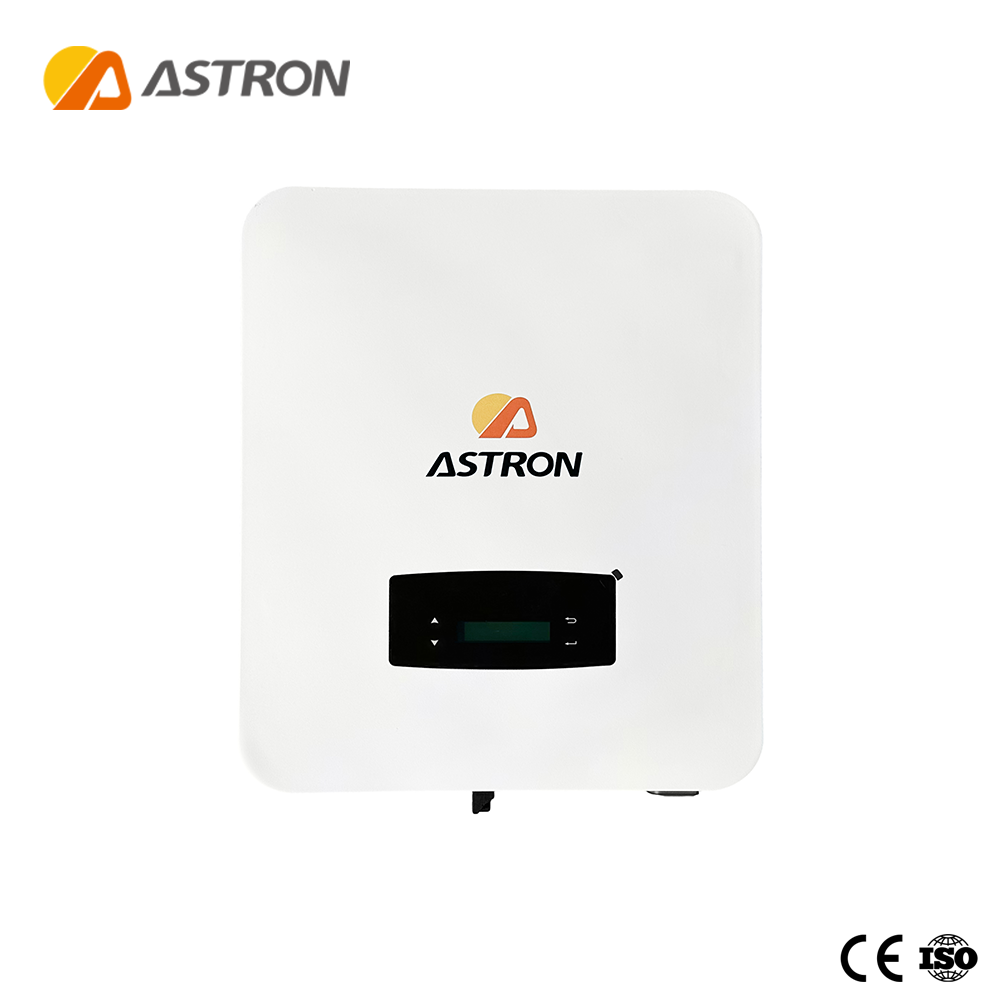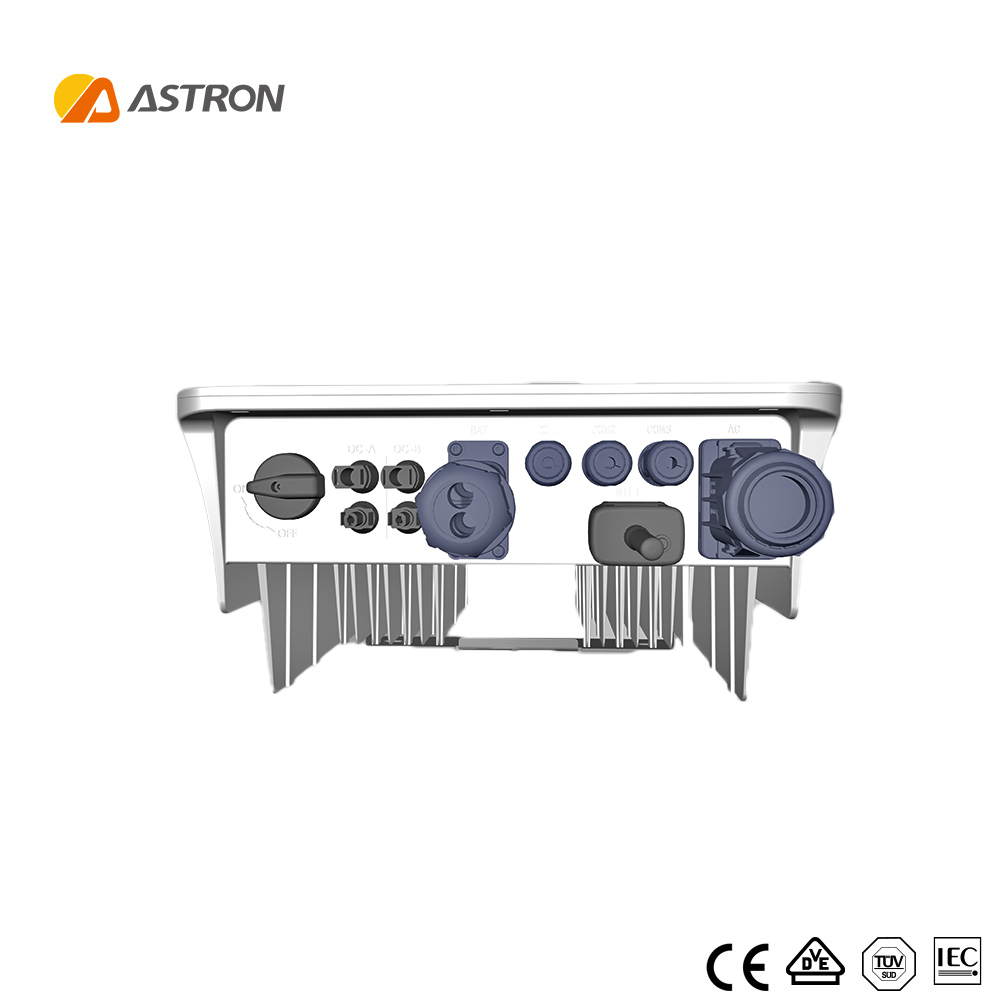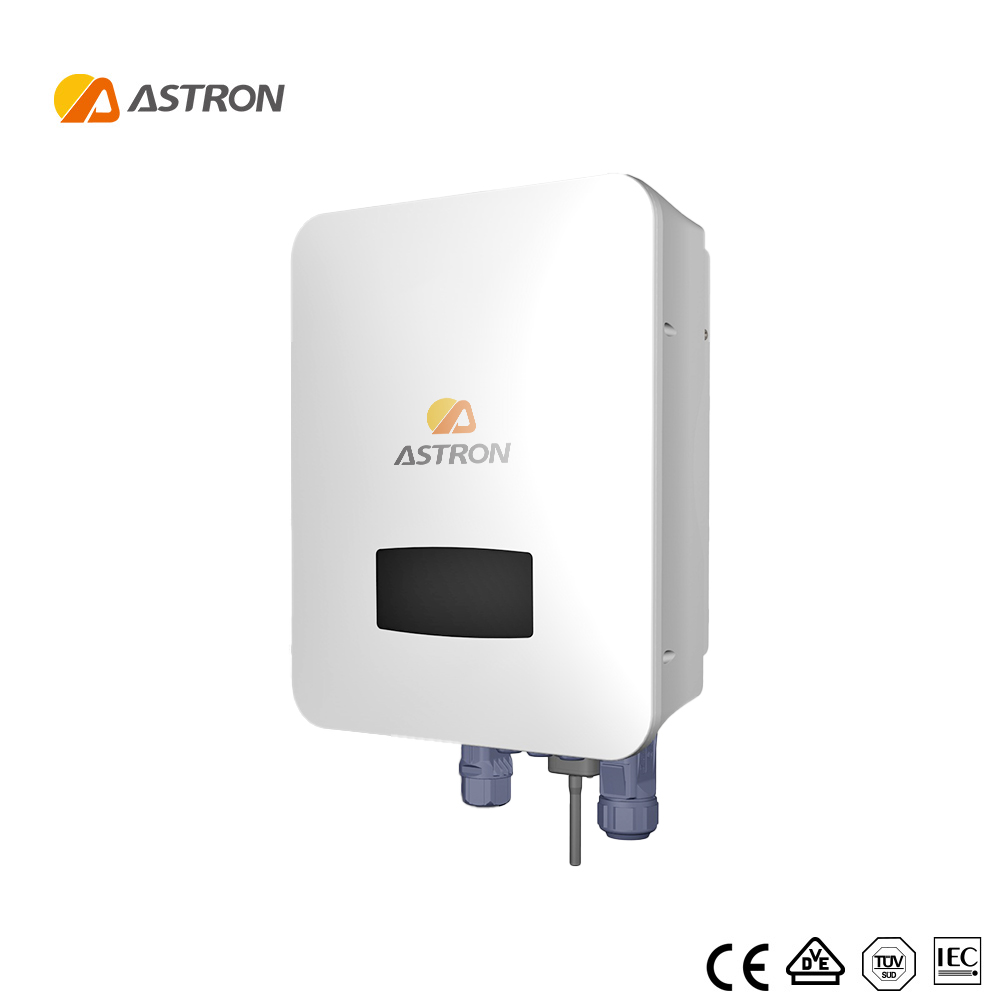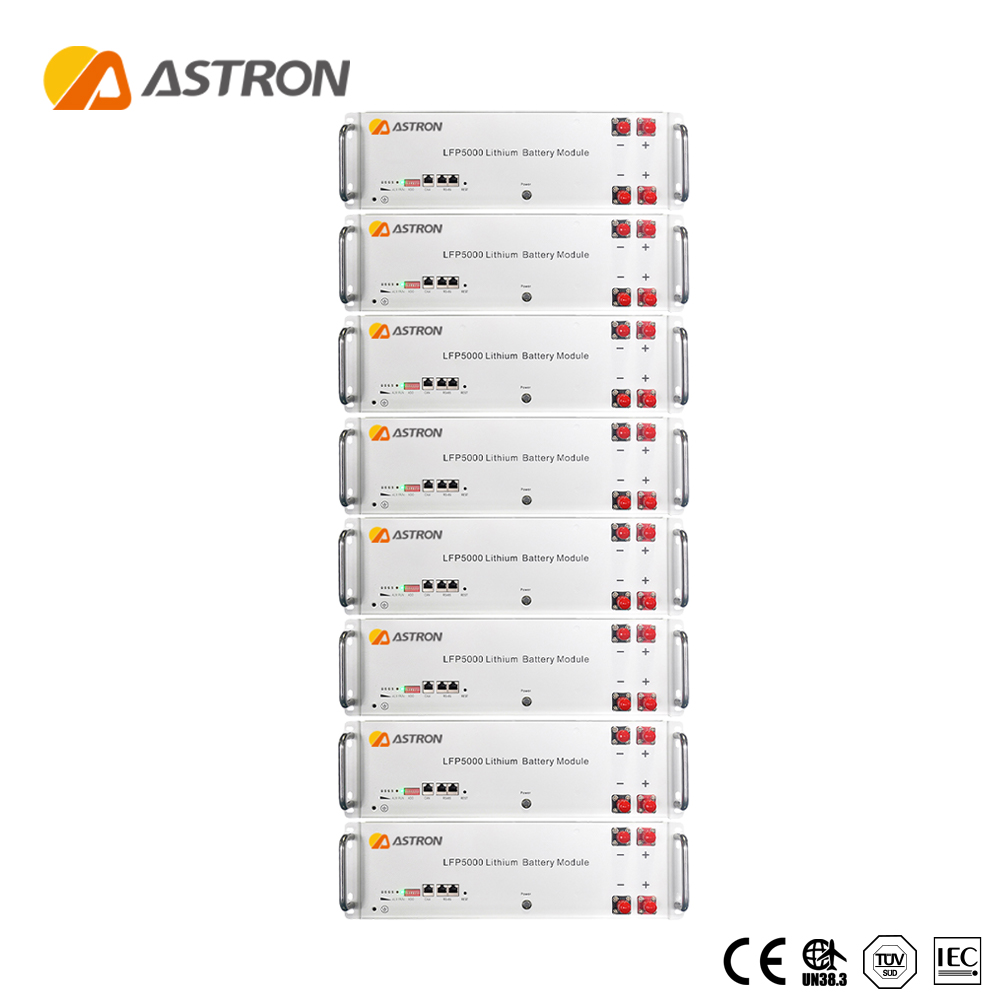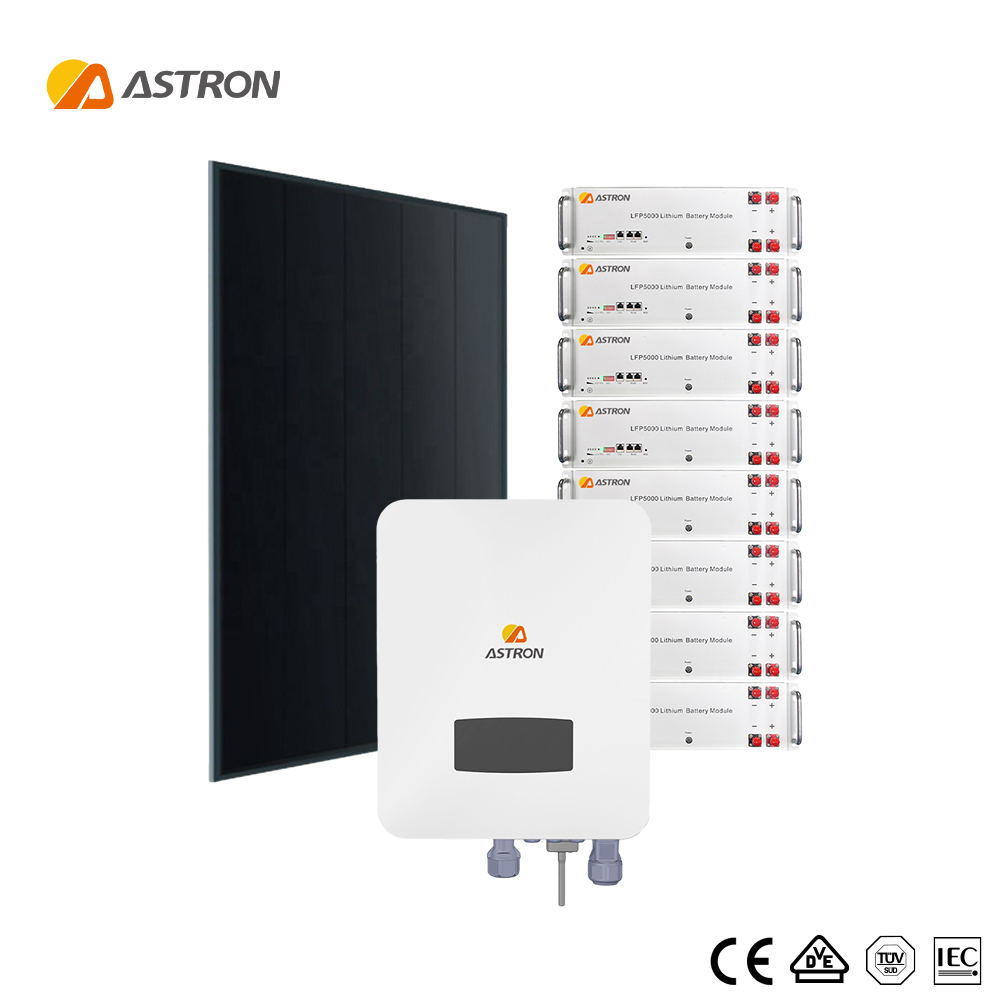Low voltage household energy storage system
Description
Technical Parameters
Products Description
Low-voltage household photovoltaic storage system typically includes 10kW worth of photovoltaic panels (the size and quantity of panels needs to be determined independently), a 10kW single-phase hybrid inverter, and 40kWh of lithium iron phosphate energy storage batteries.
The goal is to achieve a completely closed-loop of photovoltaic power generation to load electricity consumption, while balancing backup battery charging and discharging, which can generate considerable economic benefits through a grid connection. A mobile app can provide remote control as well as data management. The entire system can not only efficiently utilize renewable energy - solar energy, but also ensure stable power supply for household users, provide backup power in case of power outages, and reduce energy costs by using stored energy during peak demand periods. This system enables more users to enjoy a green and low-carbon lifestyle.
In addition to the configured system solution, users can also make adjustments according to their own needs, such as increasing or reducing the number of photovoltaic panels based on the area available, and adjusting the battery capacity based on daily household electricity consumption. If you have any customization needs, please feel free to contact us at anytime.
Product picture
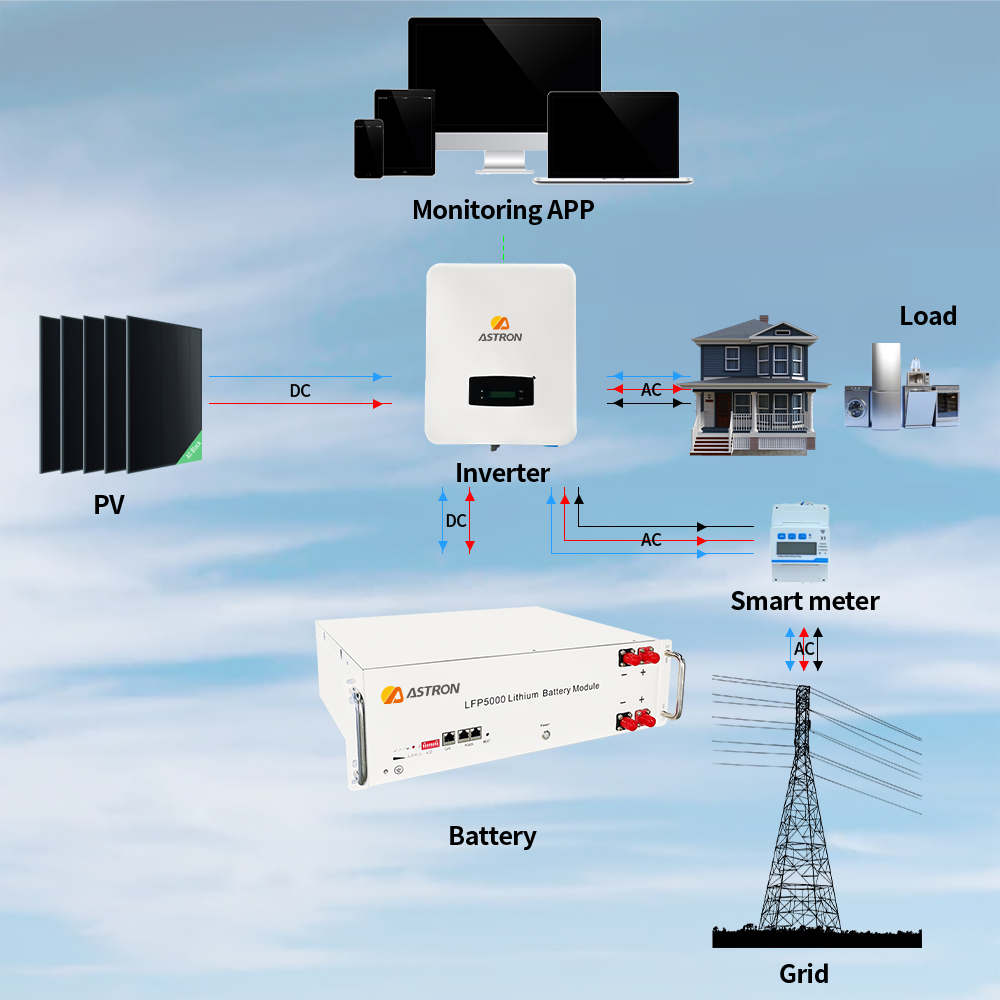
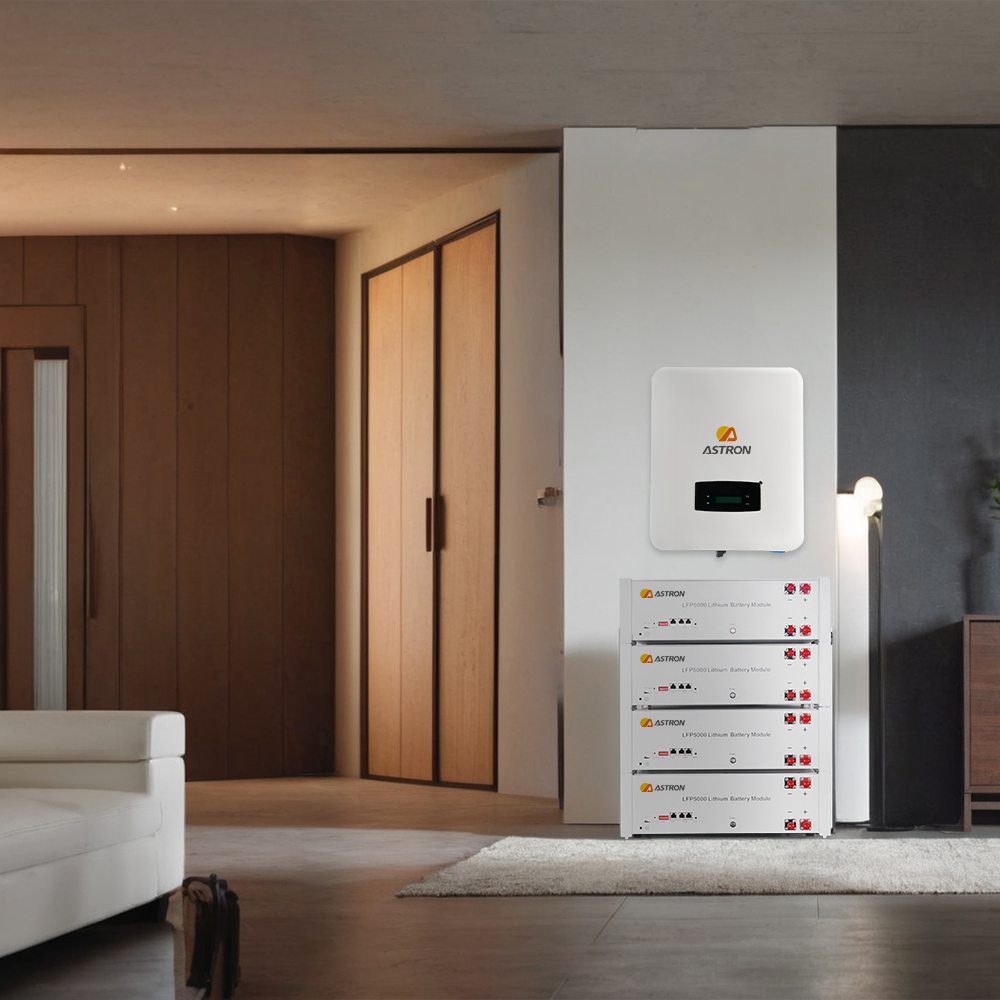
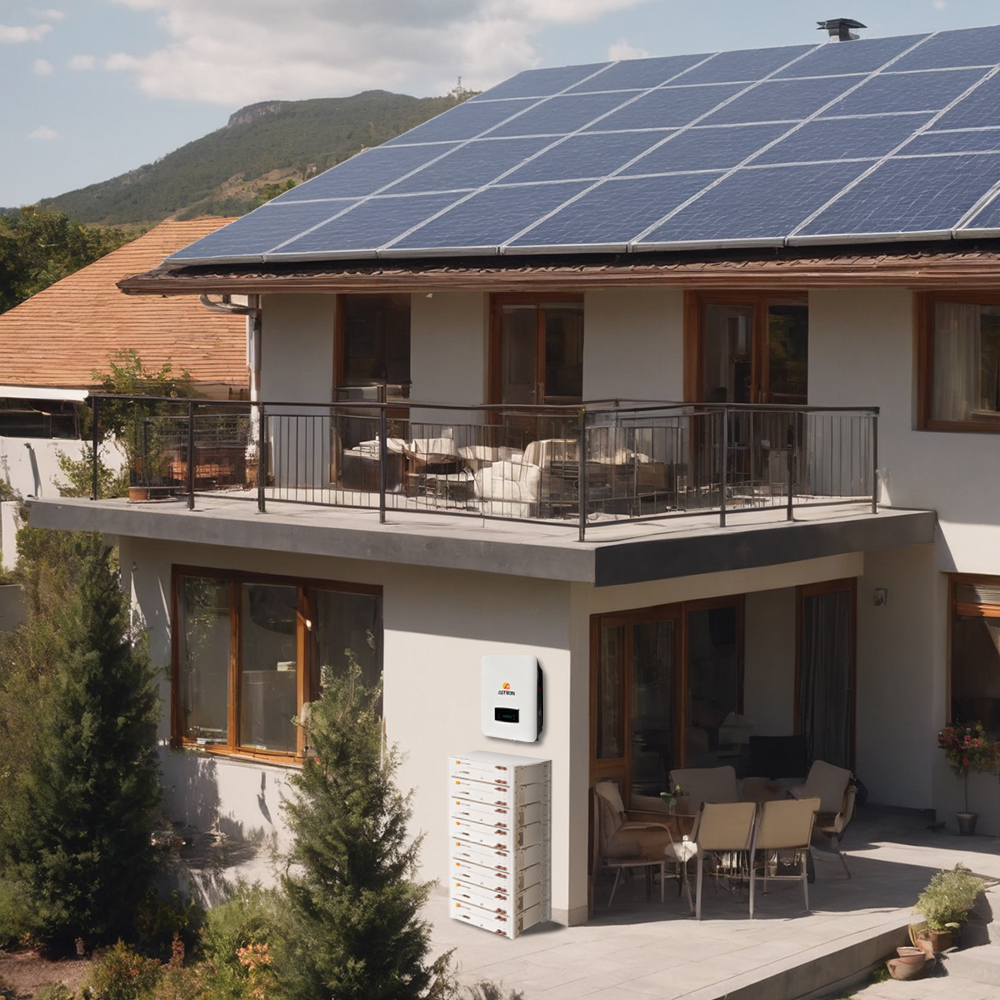
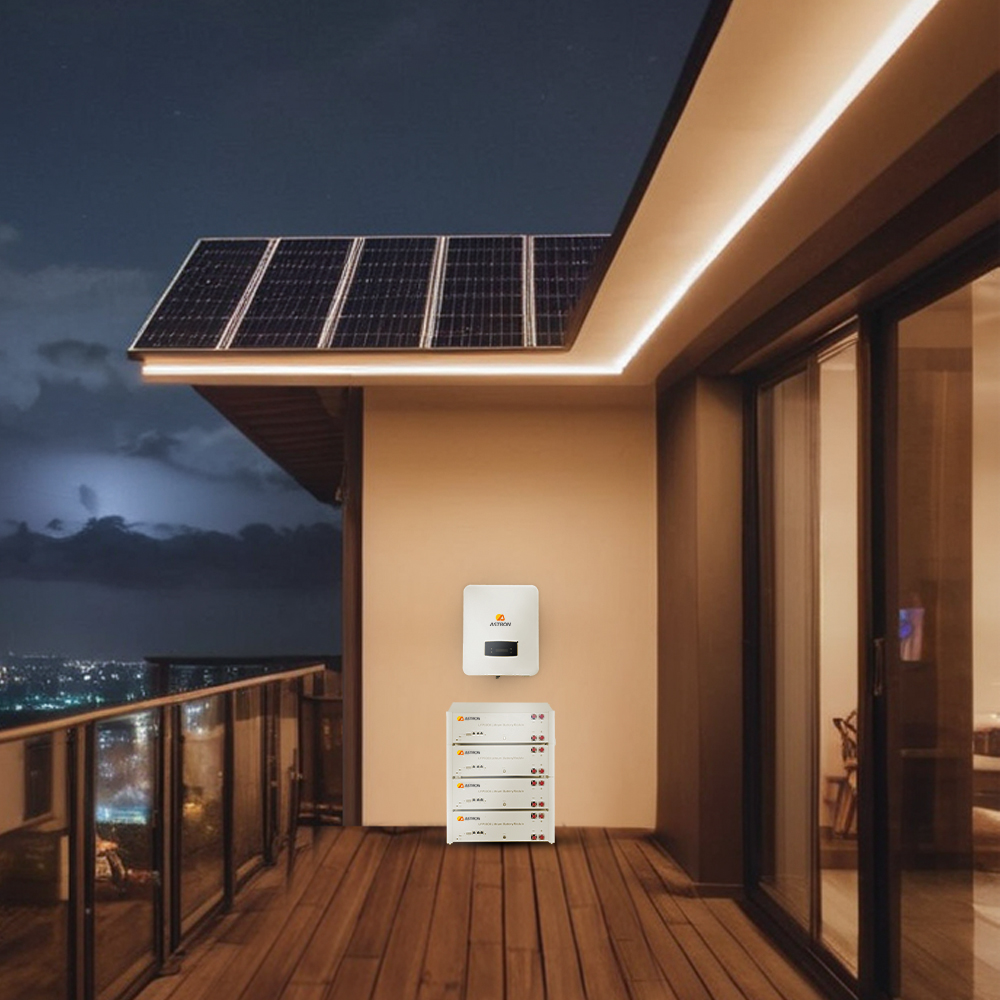
Product composition
1. Energy storage equipment: Lithium-ion batteries or other rechargeable battery technologies are usually used as energy storage media. These energy storage devices can store electricity from solar panels, wind turbines or the grid.
2. Inverter: The inverter converts stored DC power into AC power required by the home. This way, homes can use stored energy to power their homes without having to rely on the grid.
3. Control system: The control system is responsible for monitoring and managing the flow of energy. It can decide when to purchase electricity from the grid, when to store energy into energy storage devices, and when to extract energy from energy storage devices for power supply based on the household's energy needs and grid electricity prices.
Advantage
1. Ability to store excess electricity generated by solar panels or other renewable energy sources. This stored energy can be used when renewable energy sources are not generating electricity, such as at night or during periods of high demand. This can result in significant savings on utility bills, as homeowners can rely less on the grid and their traditional utility providers.
2. Ability to provide backup power during power outages. This is particularly useful during natural disasters or other emergencies, when the grid may be down for an extended period of time. By having reliable backup power, families can feel more secure and prepared for unexpected events.
3. Can help reduce homeowners’ carbon footprint. By reducing their reliance on traditional grid power and switching to renewable energy, households can contribute to a cleaner, more sustainable future.
Send Inquiry

